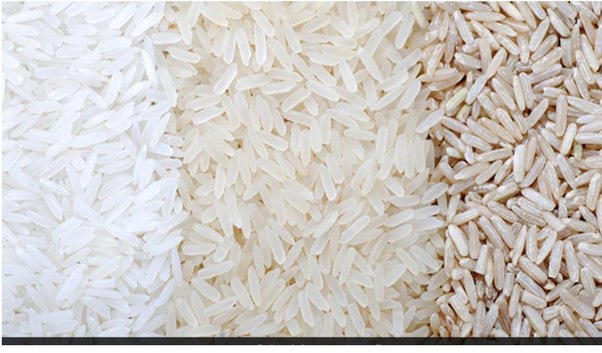White rice, a staple food in many cultures, has long been a subject of debate when it comes to its impact on health. While it is a widely consumed carbohydrate source, concerns have arisen about its nutritional value and potential health effects. In this comprehensive article, we will delve into the nuances of white rice, exploring its nutritional composition, its role in diets worldwide, potential health implications, and the overall verdict on whether it is truly unhealthy.
Understanding White Rice: Composition and Processing
White rice is a refined grain that comes from removing the outer husk, bran, and germ layers of the rice kernel, leaving behind the starchy endosperm. This refining process results in a grain that is pale in color and has a smoother texture compared to its brown or whole grain counterparts. Here’s a breakdown of its nutritional composition:
- Carbohydrates: White rice primarily consists of carbohydrates in the form of starch, which provides energy to the body.
- Fiber: The refining process strips white rice of its fiber content, significantly reducing its dietary fiber compared to brown rice.
- Vitamins and Minerals: The removal of the bran and germ also leads to a loss of essential vitamins (such as B vitamins) and minerals (such as magnesium and zinc).
Role of White Rice in Different Diets
White rice plays a crucial role in the diets of numerous cultures around the world. It is a staple food in many Asian countries, where it is consumed with a variety of dishes. While it provides a readily available source of energy, its nutritional profile varies depending on how it is consumed and paired with other foods.
Health Implications of White Rice Consumption
- Blood Sugar Impact: One of the main concerns associated with white rice consumption is its potential to cause rapid spikes in blood sugar levels. The refining process removes much of the fiber and nutrients that help slow down the absorption of glucose, leading to a faster release of sugar into the bloodstream.
- Lack of Nutrient Density: White rice’s refining process results in a loss of essential nutrients, leaving it nutritionally inferior to its brown or whole grain counterparts.
- Association with Chronic Diseases: Some studies have suggested an association between high consumption of white rice and an increased risk of chronic diseases, including type 2 diabetes and heart disease.
Context Matters: Understanding Portion Control and Pairing
While white rice may have potential drawbacks, it’s important to consider context, portion control, and how it’s consumed within the broader context of a diet. For example:
- Portion Size: Moderation is key. Consuming reasonable portions of white rice as part of a balanced meal can help mitigate its impact on blood sugar levels.
- Pairing with Protein and Fiber: Pairing white rice with sources of protein, healthy fats, and fiber-rich vegetables can slow down the digestion process and minimize blood sugar spikes.
- Cultural Diets: In cultures where white rice is a staple, its consumption is often balanced with other nutrient-rich foods, creating a comprehensive dietary pattern.
Alternatives and Healthier Choices
- Brown Rice: Opting for brown rice instead of white rice can be a more nutritious choice. Brown rice retains its bran and germ, making it a source of fiber, vitamins, and minerals.
- Whole Grains: Incorporating a variety of whole grains like quinoa, barley, and farro into your diet can provide diverse nutrients and flavors.
- Cauliflower Rice: Cauliflower rice, made from grated cauliflower, is a lower-carbohydrate and nutrient-rich alternative to traditional white rice.
Conclusion
The question of whether white rice is really unhealthy is not straightforward. While the refining process does strip white rice of some nutrients and fiber, its impact on health largely depends on how it is consumed, portion sizes, and dietary context. For individuals who choose to include white rice in their diet, mindful portion control, and pairing it with protein, healthy fats, and fiber-rich foods can help mitigate its potential drawbacks. However, for those seeking a more nutrient-dense option, incorporating whole grains like brown rice and exploring other alternatives can offer a healthier approach to carbohydrate consumption. Ultimately, a balanced and varied diet that aligns with individual nutritional needs and preferences is the key to maintaining optimal health and well-being.
![]()




